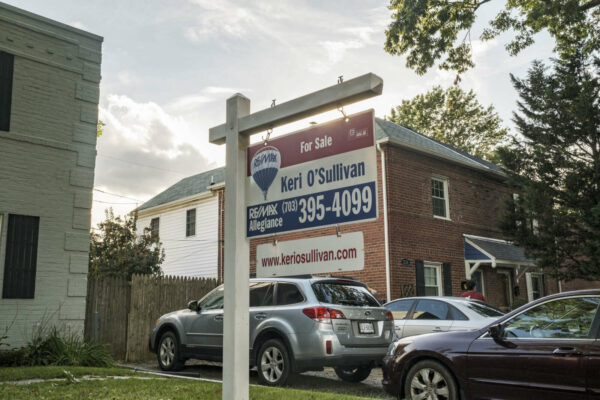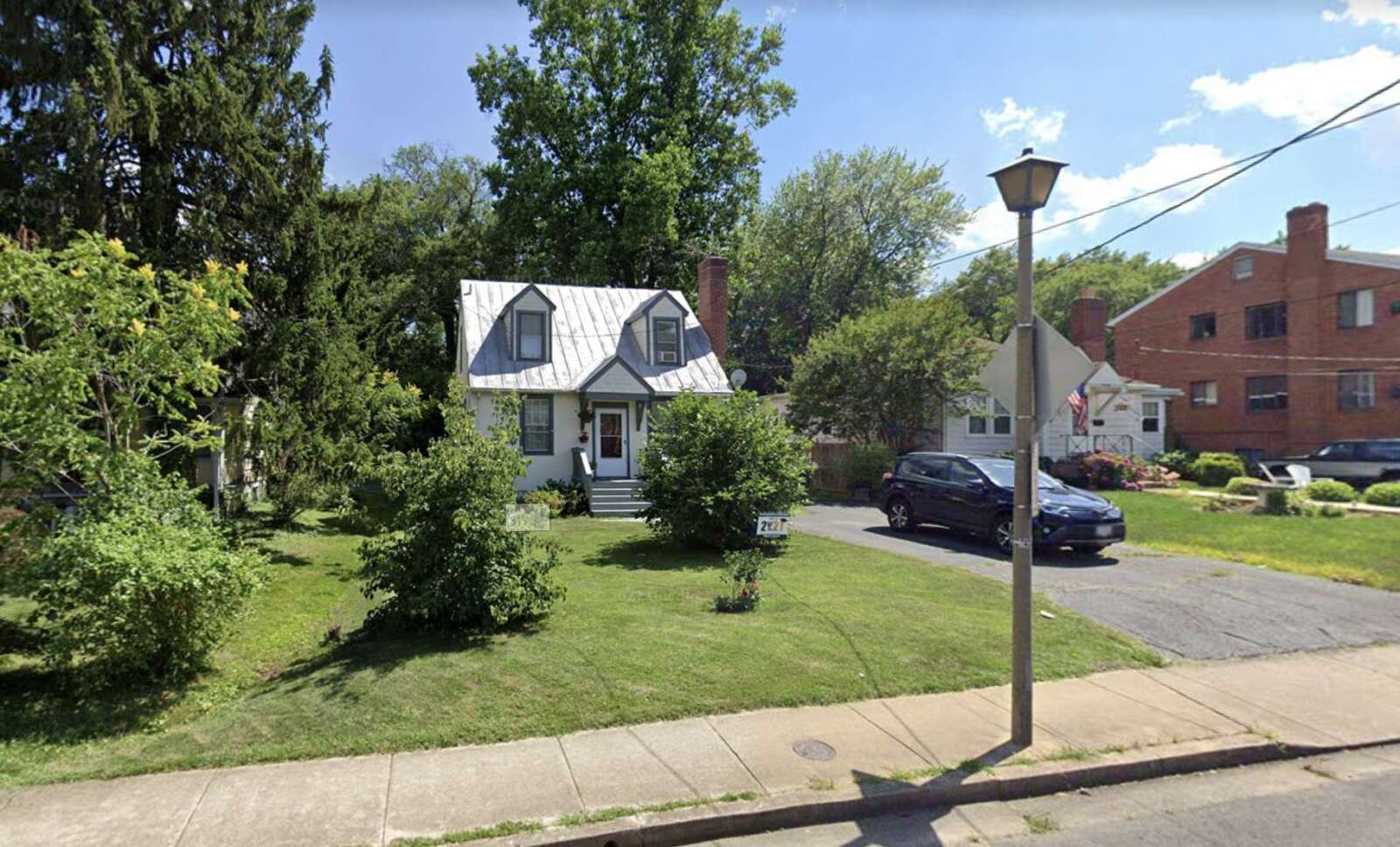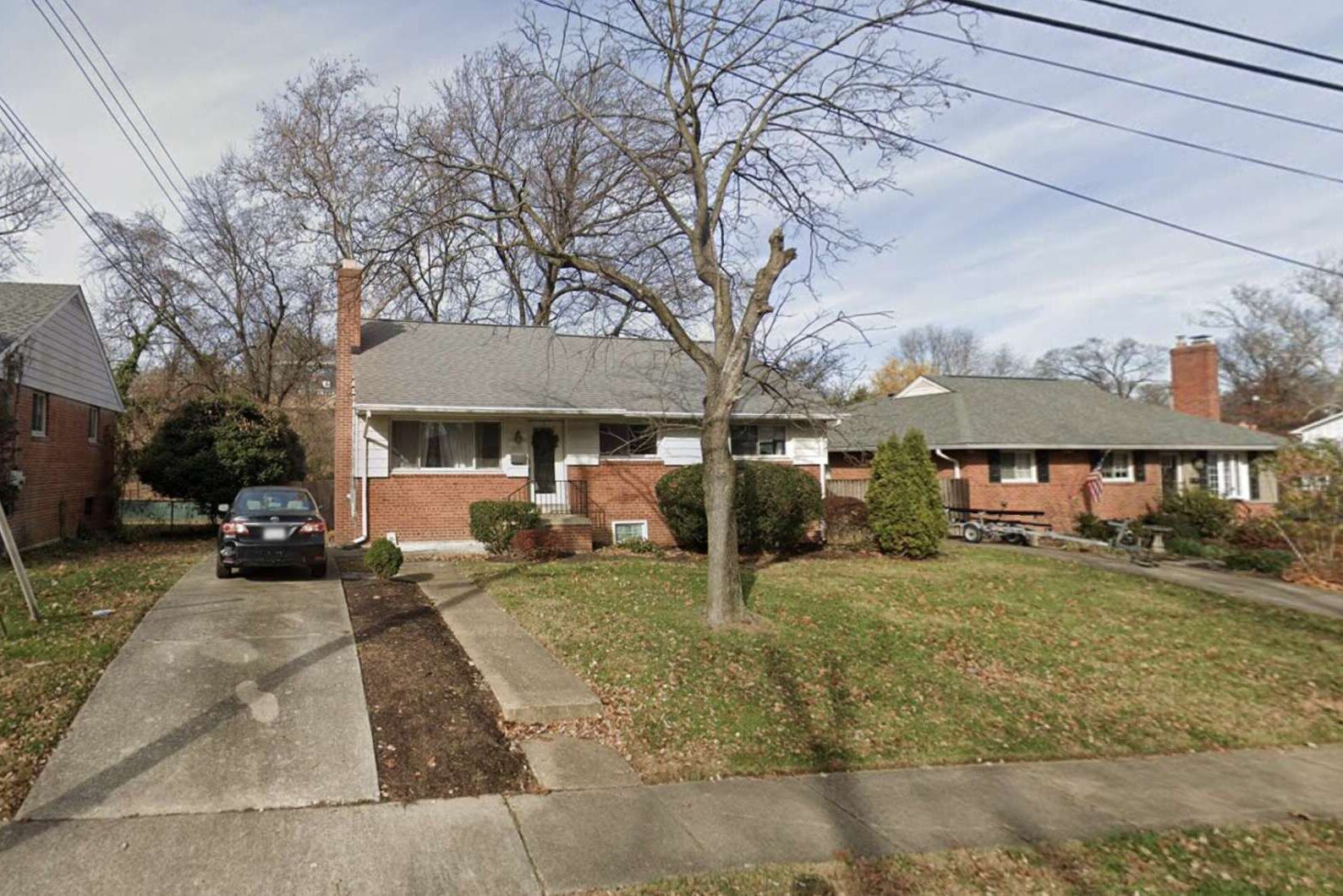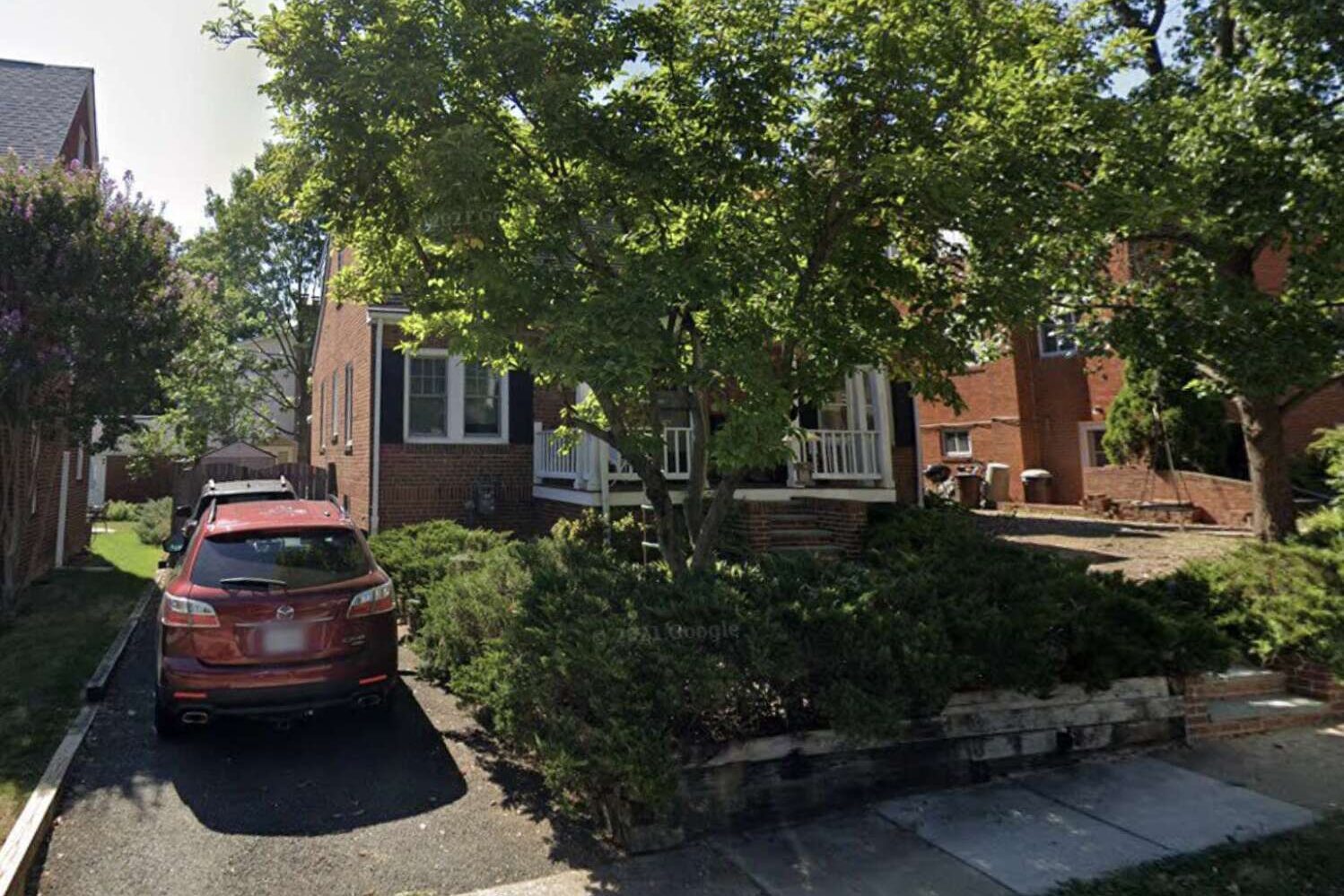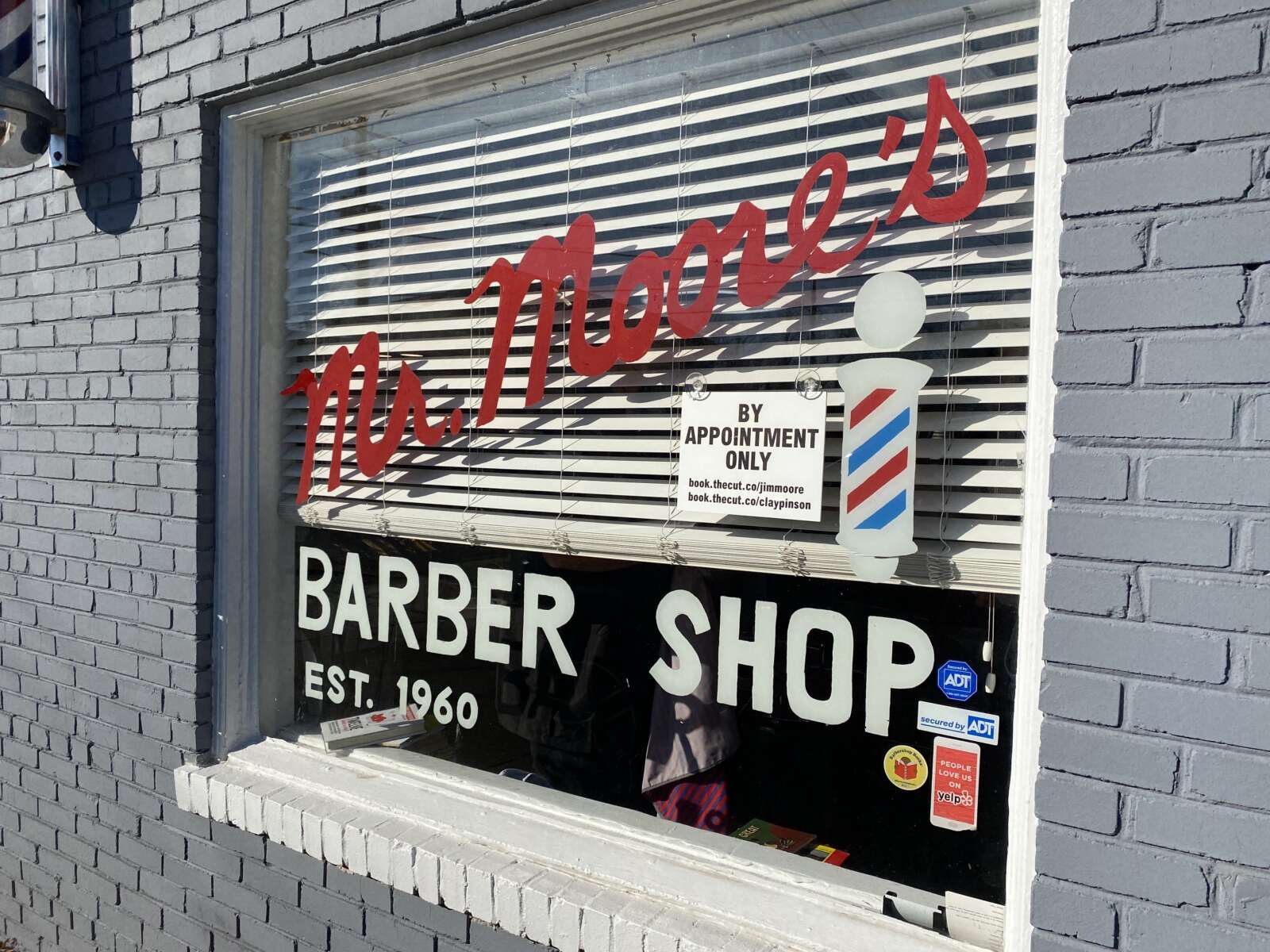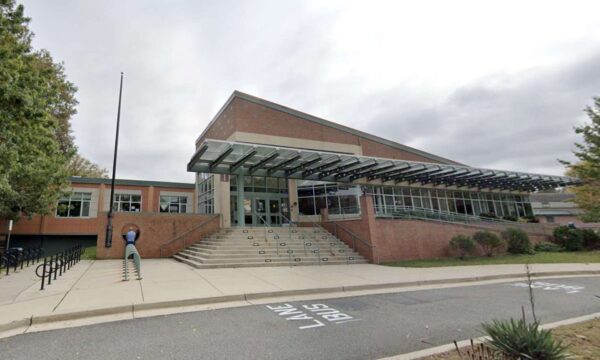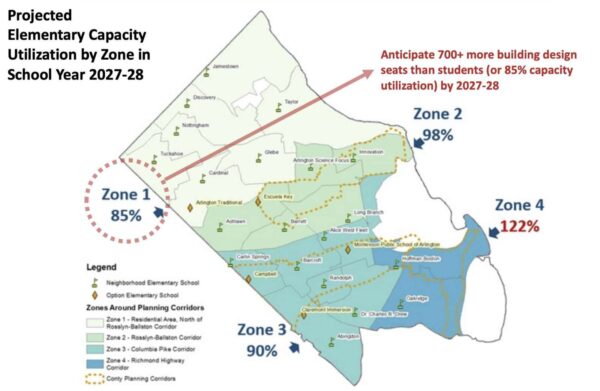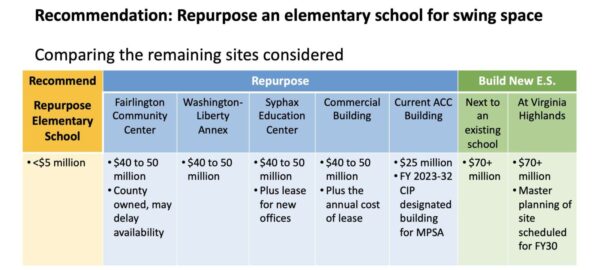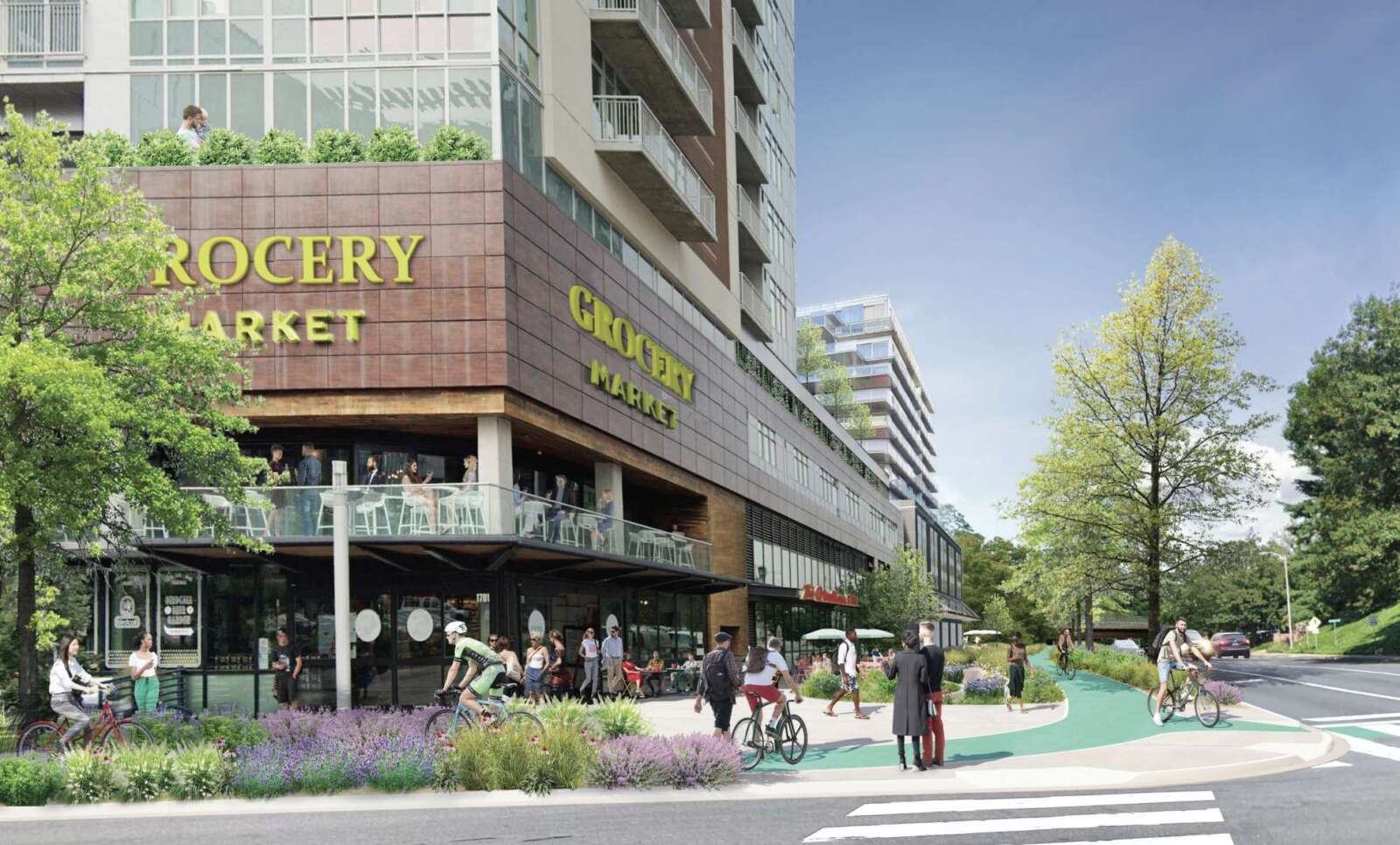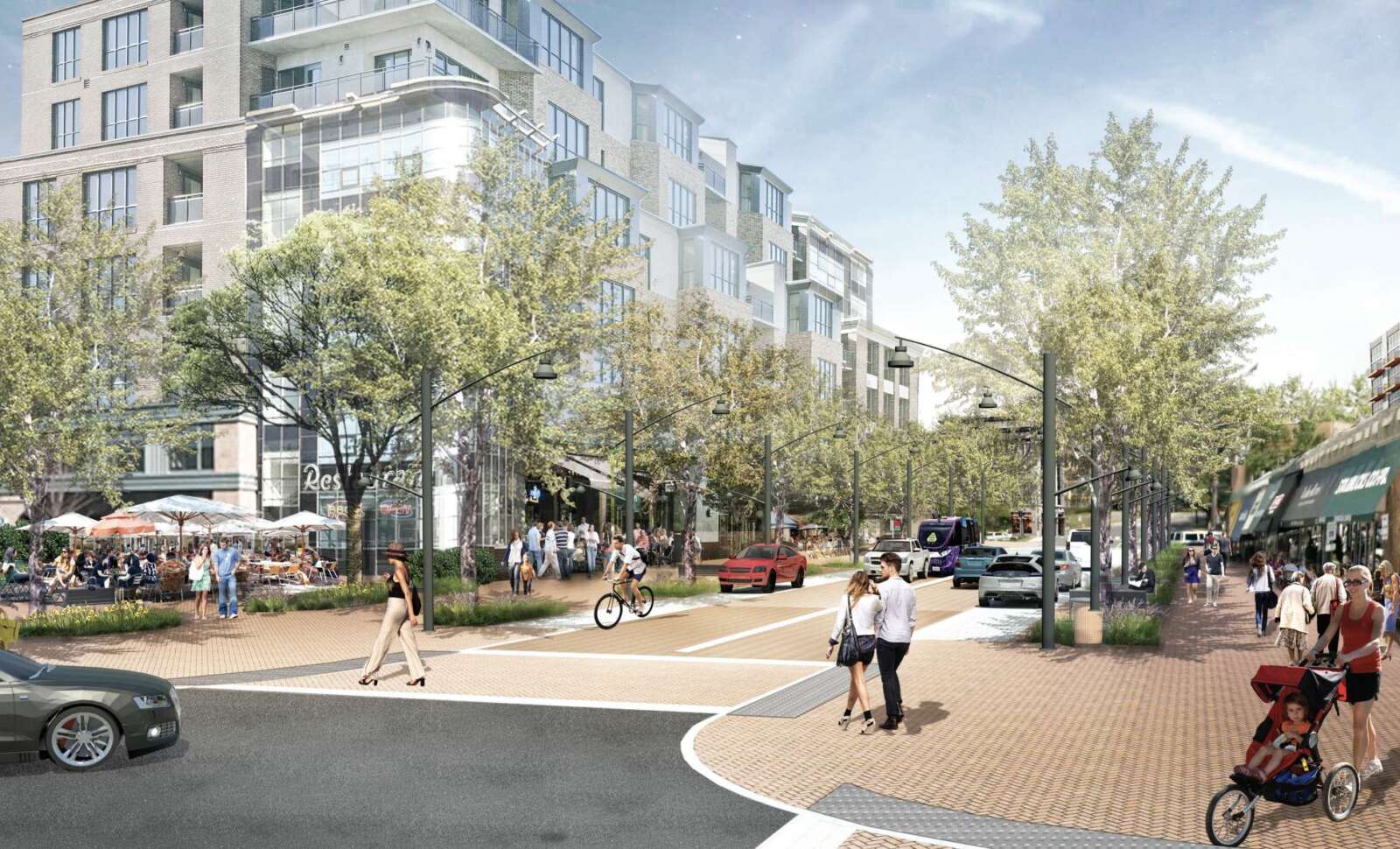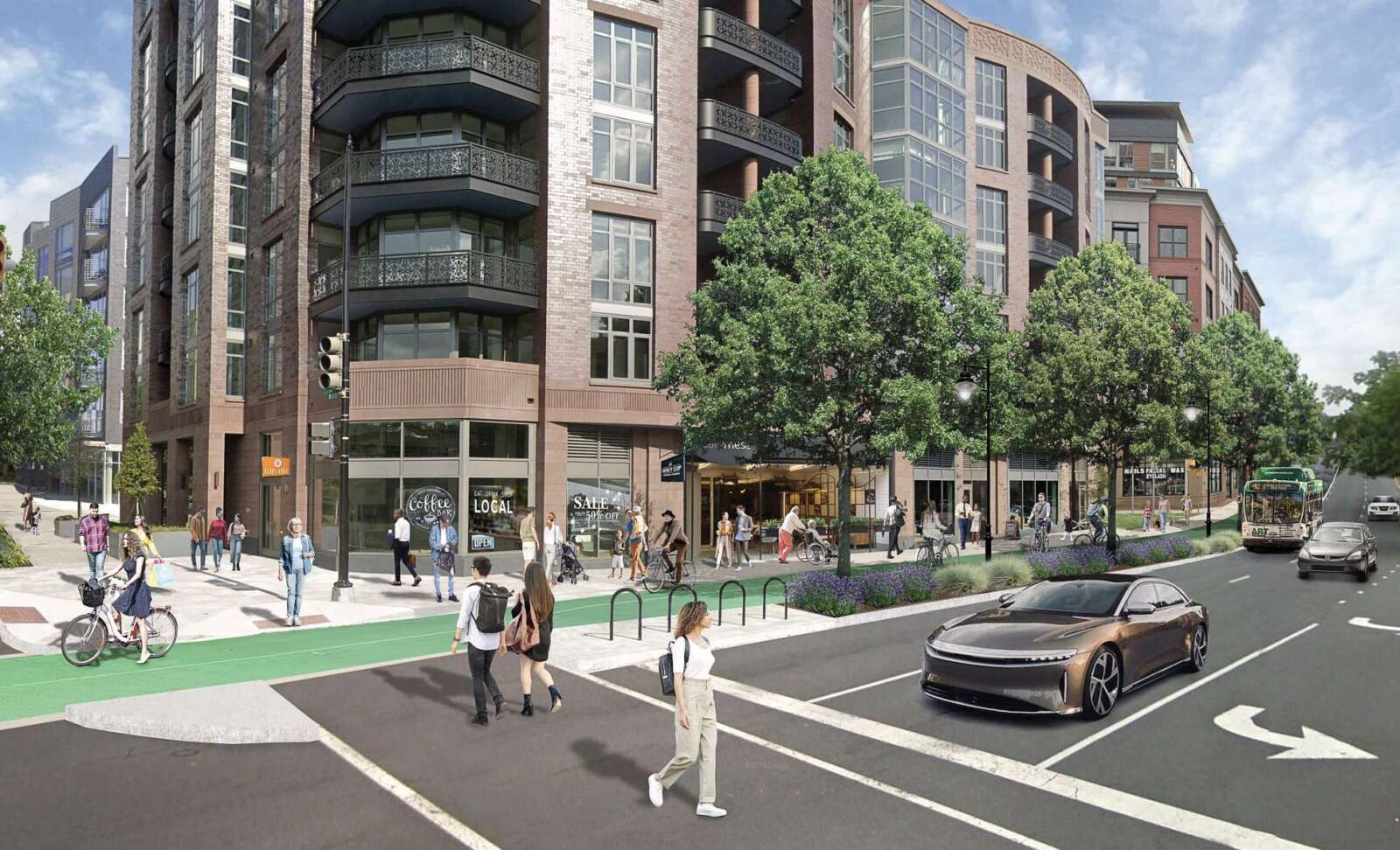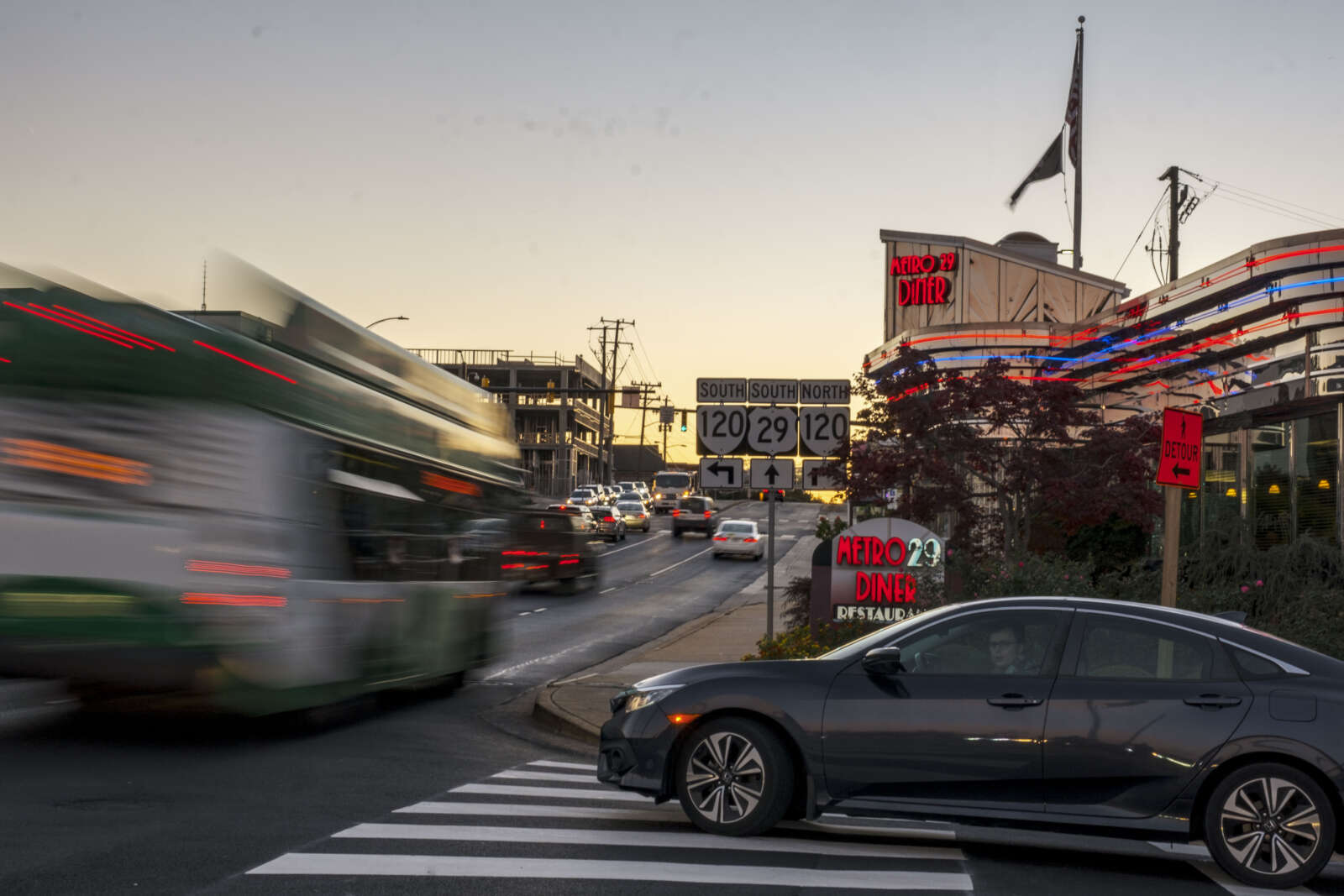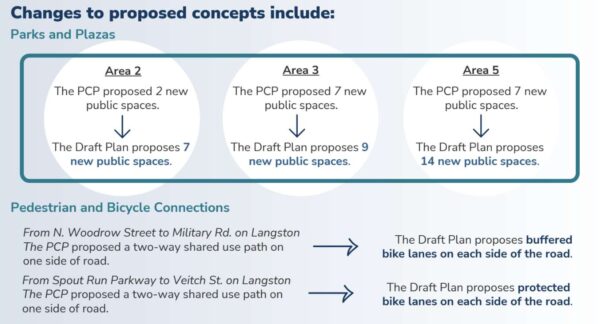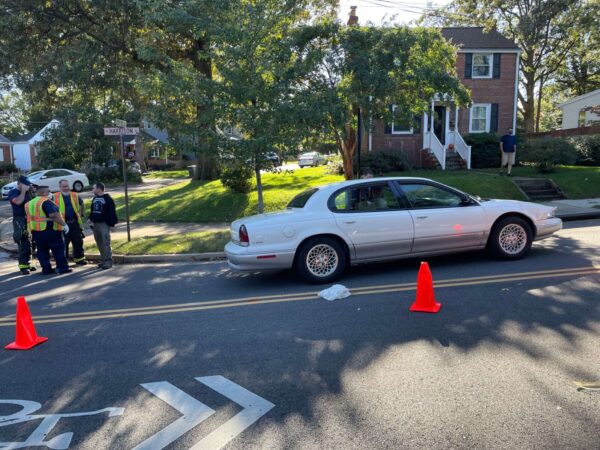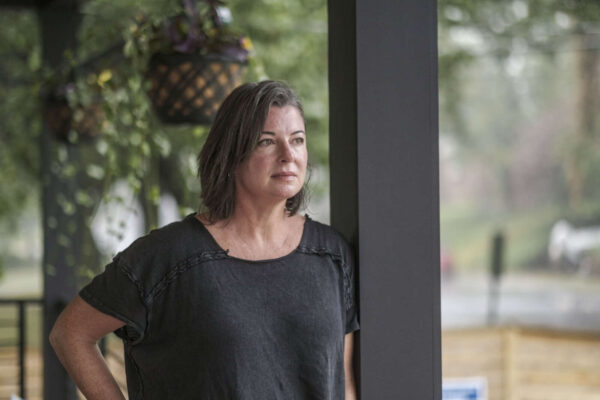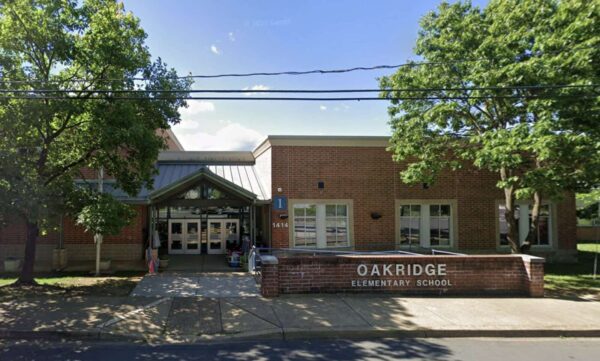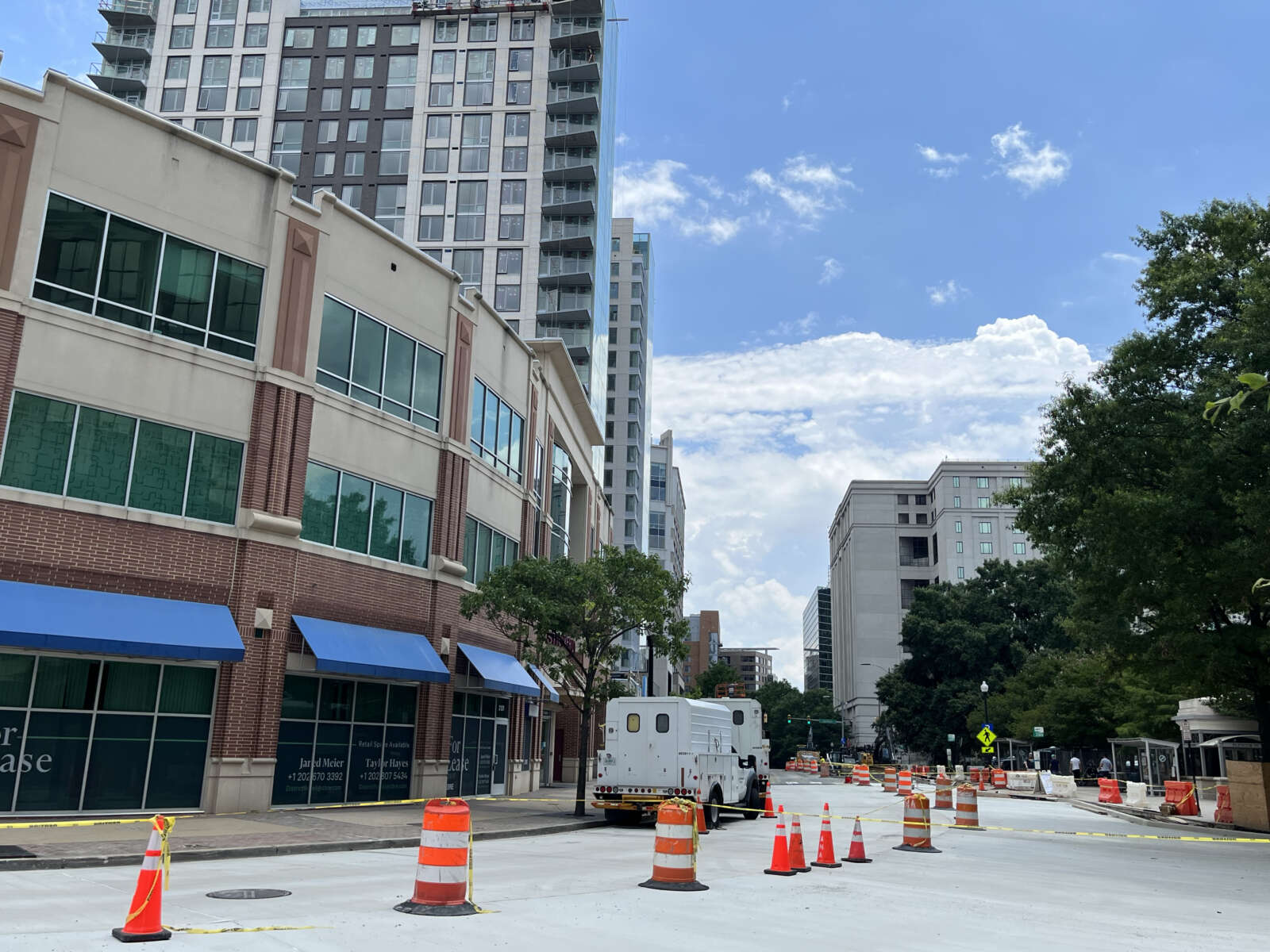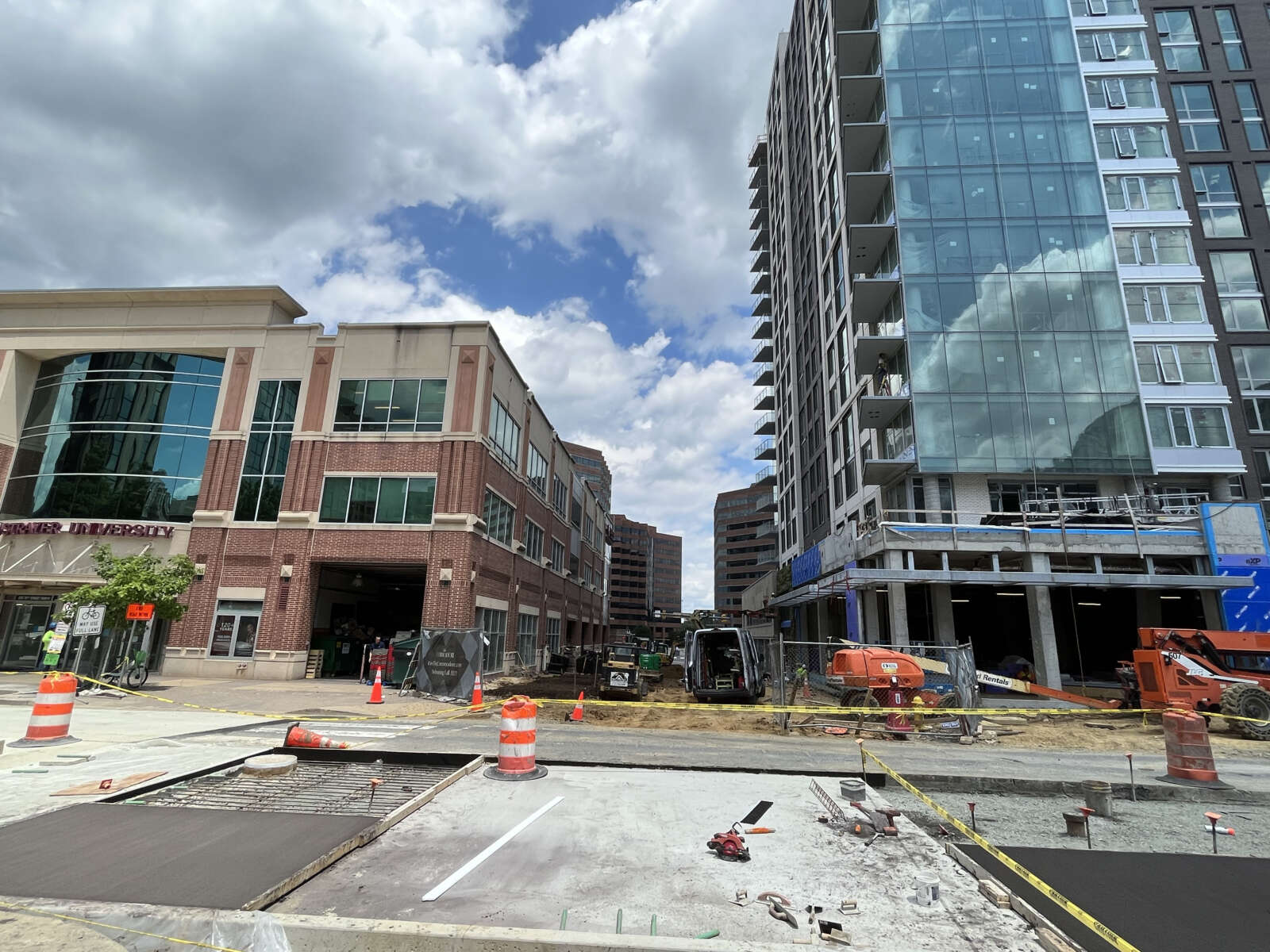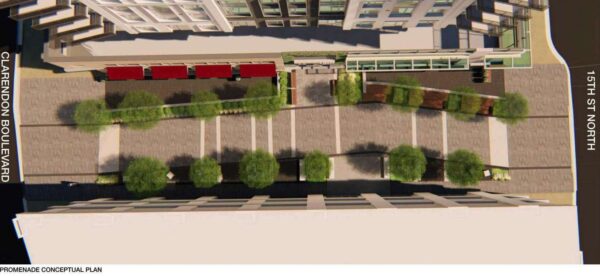
When Hon. Judith Wheat became Chief Judge of the Arlington County Circuit Court last week, she made history on two fronts.
She is the first woman Chief Judge the Circuit Court has ever had and, with her in the role, all three local courts now have a woman presiding as the lead judge.
Wheat assumed the responsibility last Thursday, replacing Hon. William T. Newman, Jr., who retired at the end of June. She makes the third in a trifecta of women chief justices in Arlington, joining Hon. R. Frances O’Brien, who leads the General District Court, and Hon. Robin Robb, who leads Juvenile and Domestic Relations Court.
“It is historical and I’m excited about that,” says Circuit Court Clerk Paul Ferguson.
The courthouse has seen a flurry of activity with the retirement of Newman, a local living historical figure.
Newman joined the Circuit Court in 1993, after serving two terms as Arlington’s first Black County Board member. He was appointed Chief Judge in 2003. He also founded the local nonprofit Arlington Community Foundation and moonlit as an actor in plays and on the TV screen.
“He’s a big part of Arlington history and we turned a big page with him ending his career in Arlington,” Ferguson said.
The courthouse celebrated Newman with send-offs fitting for a local celebrity and his notable wife, Sheila Johnson — the co-founder of Black Entertainment Television, a hotelier CEO, co-owner of the Washington Capitals and Wizards, and managing partner of the Mystics.
Additionally, the state legislature honored Newman during its 2023 session with a resolution saying he “presided over the court with great fairness and wisdom,” the Gazette Leader reported. The judge told the publication he is joining former Circuit Court Chief Judge Paul Sheridan and former Circuit Court Judge Joanne Alper at a regional firm that provides dispute resolution services.
As for Wheat becoming Chief Judge, Ferguson says the process is a bit of a mystery.
“Nobody knows really how a Chief Judge is chosen,” Ferguson said. “History would show that the General District Court and Juvenile Court tend to rotate the position, like the County Board and School Board.”
Contrast that with the Circuit Court, where Newman was the chief justice for 20 years. His recent predecessor, Sheridan, and the chief justices before him — William Winston and Walter McCarthy — had similarly long tenures as chief. State law requires judges to step down when they reach 73 years old.
Ferguson notes Wheat joined the Circuit Court later in life and “had a significant career” before doing so.


